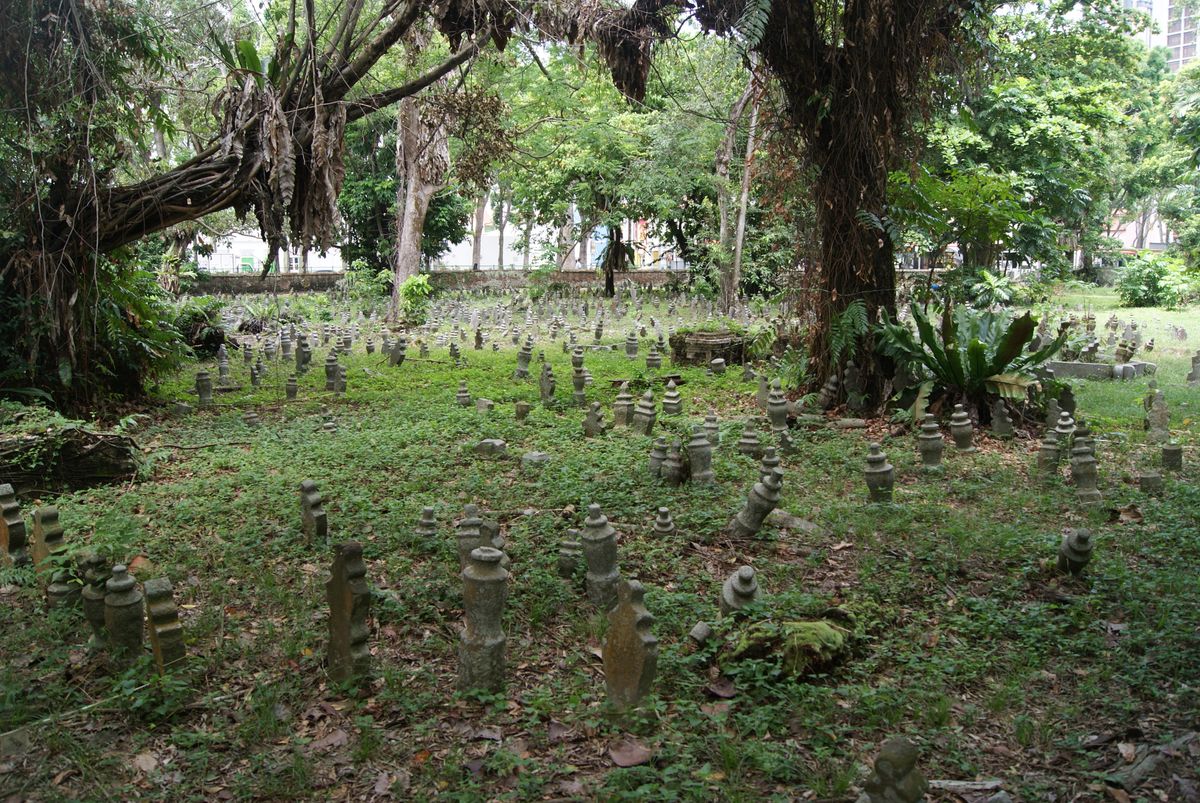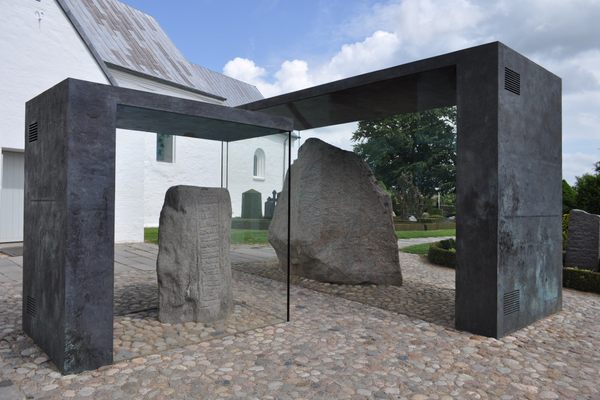About
Dating back to the early 19th century, Jalan Kubor Cemetery is the oldest Muslim burial ground in Singapore. The grounds began as three distinct plots serving Malays, Indian Muslim Singaporeans, and the descendants of sultans separately, but as the cemeteries became more crowded, they merged, forming the collective grounds now known as Jalan Kubor.
The sultans’ burial ground was reserved for members of the royal Johor-Riau family, whose palace was located close by in the Kampong Gelam quarter of the city. Descendants of Sultan Hussein (of Johor) and Sultan Ali (of Singapore) are buried here—though the two sultans themselves are buried in Melaka. This plot is home to the Royal Mound, a raised enclosure surrounded by bright yellow walls, where carefully inscribed stone markers draped in yellow cloth identify the royal residents resting beneath them.
The Indian Muslim burial ground is situated next to the sultans’ plot. The headstones surround the Masjid Malabar, the city’s only Malabar Muslim mosque. Today, the entire area is known as the Tittacheri Muslim Cemetery and Mosque.
The Malay burial ground was set up in 1852, bequeathed by Syed Omar Aljunied, a wealthy merchant. Syed Omar was a prominent philanthropist and successful businessman in early colonial Singapore, and his projects included the Madrasah Aljunied Al-Islamiah—an Islamic educational institution next to the cemetery. Omar and many of his descendants were buried in the Malay plot of Jalan Kubor, and this section of the grounds is often referred to as Syed Omar's Burial Ground.
Though the names of the three distinct plots seem to suggest a degree of ethnic exclusivity, those resting throughout the grounds come from diverse backgrounds. Visitors might notice an assortment of funereal architecture styles that reflect this, along with inscriptions in Arabic, Malay, Javanese and Bugis Aksara, English, Mandarin, and Gujarati.
By the mid-19th-century, the cemetery had become notorious for its overcrowded grounds, and for an omnipresent smell that suggested there were a few too many decomposing bodies below. The sultans’ burial ground closed in 1875, and the Malay burial ground followed suit a few decades later, finally shuttering in 1901. The Indian Muslim burial ground, however, remained open until after World War II had ended, with its most recent burial taking place in 1963.
In the decades since, the cemetery has fallen into relative disrepair. Tree roots curl around headstones, as if pulling them back into the earth, and an uneven carpet of grass grows on the stone steps leading up to the Royal Mound. The vegetation quietly engulfing the plots is periodically trimmed back, so paying a visit to the increasingly green grounds is possible.
Related Tags
Know Before You Go
The cemetery is open to the public and can be accessed at any time. Please be respectful when visiting the grounds.
Community Contributors
Added By
Published
June 3, 2020





































